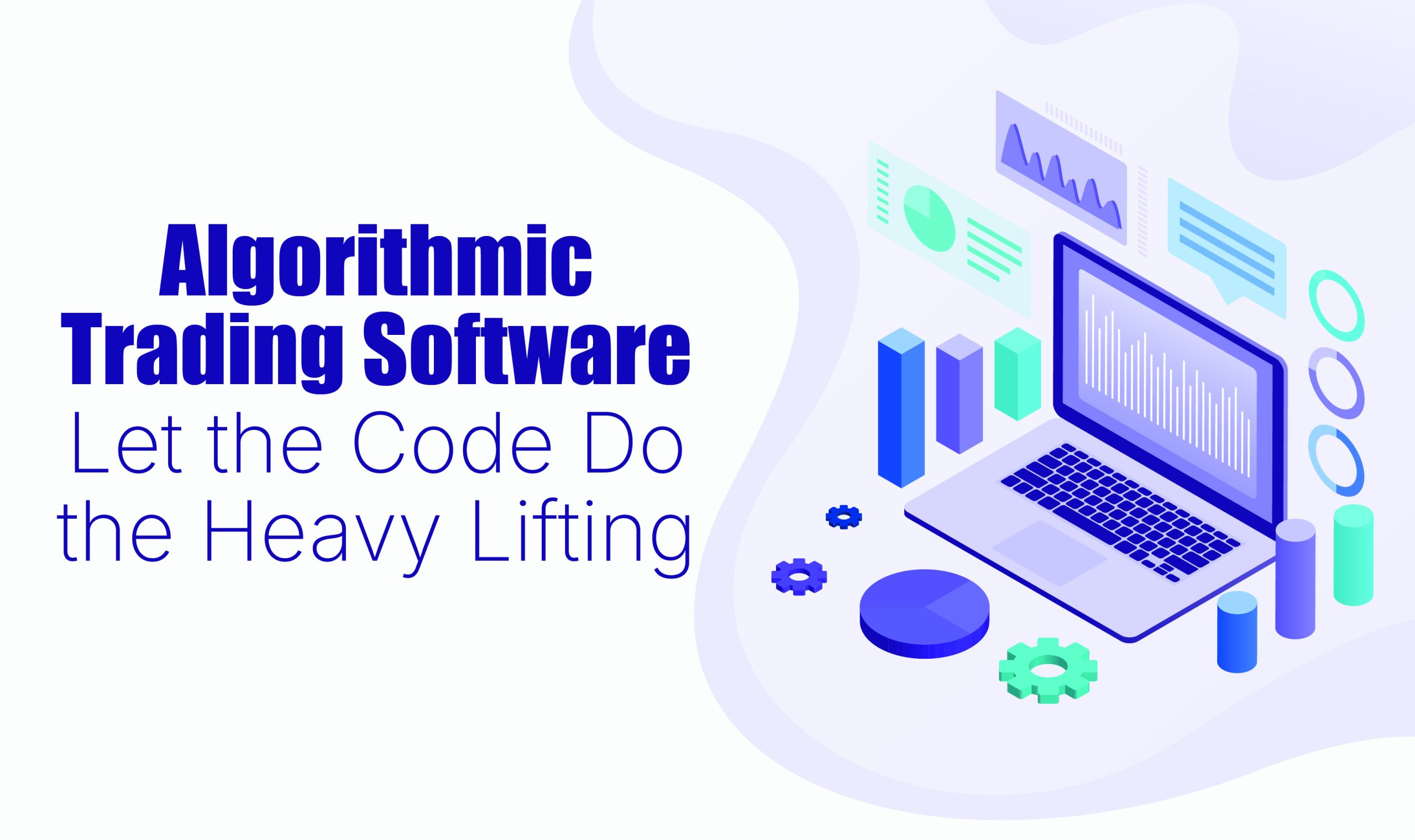“Discipline is hard for humans, easy for machines. That’s why algos can be your best trading partner.”
Introduction
You already know what algo trading software is. Everyone does. The bigger question is: how do you actually make it work for yourself?
A lot of beginners get excited, set up their first algorithm, and then… disappointment. Why? Because they copied a textbook strategy that collapses in live markets. The secret is not in knowing that computers can trade for you. The secret is in using them in a smart, simple way, without making things complicated.
Think of it like cricket. An algo won’t win you the World Cup, but it’s like a batting partner who helps you rotate strike. You don’t waste energy blocking every ball; you focus on timing the big shots.
Where Beginners Usually Go Wrong
- They copy complex strategies without really knowing the market.
- They believe backtests are gospel, ignoring slippage or execution delays.
- They expect overnight riches, and when it doesn’t happen, they quit.
The smarter way? Start small, be practical, and use the tools your broker or third-party platforms already give you.
Three Practical Ways to Set Up Algo Trading
- Plug-and-Play via Broker Platforms
Most brokers today give you algo features where you don’t need to code a single line.
- Example: a drag-and-drop builder where you say, “Buy if the 5-day average crosses the 20-day average.”
- Perfect for someone who just wants to test out algo trading apps quickly.
- APIs for Customization
If you’re a little tech-curious, APIs are your friend.
- Brokers like Indira Securities offer APIs where you can connect Excel or Python.
- You can create custom logic like basket orders, multi-leg F&O strategies, or high-frequency setups.
- APIs are powerful, but they need patience to test and tweak.
- Third-Party Algo Platforms
Don’t want to code, but want more control? Third-party tools are the middle ground.
- Platforms let you build, rent, or even copy ready-made algos.
- You get backtesting, live deployment, and reporting in one place.
- Start with their pre-built ideas, then slowly customize your own.
Best Practices for Beginner Algo Traders
- Backtest smartly—across bull, bear, and sideways markets.
- Count your costs—brokerage, taxes, slippage. They eat profits.
- Start small—test with low capital.
- Keep it simple—two rules that work are better than ten that confuse.
- Check regularly—markets change, so your algo must adapt.
Busting Myths
- Myth: Algos guarantee profits.
Truth: They only follow rules. Risk never disappears.
- Myth: You must be a coder.
Truth: No-code platforms make it beginner-friendly.
- Myth: Backtest success = real success.
Truth: Real trades include execution delays and costs.
Conclusion
Algo trading is not about replacing you. It’s about removing noise, emotions, and the silly mistakes that ruin trades. You don’t need to go all-in from day one. Start with broker tools, move to APIs if curious, or test out third-party platforms. The idea is to stay consistent.
As one trader put it beautifully:
“The best algo isn’t the smartest one, it’s the one you actually stick with.”
Disclaimer
This blog is purely for educational purposes and should not be considered investment advice. Please do your own research or consult a registered financial advisor before making any investment decisions.



